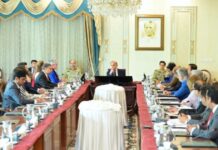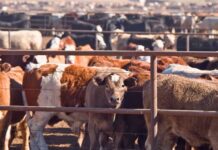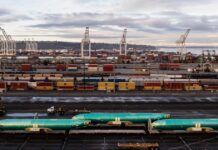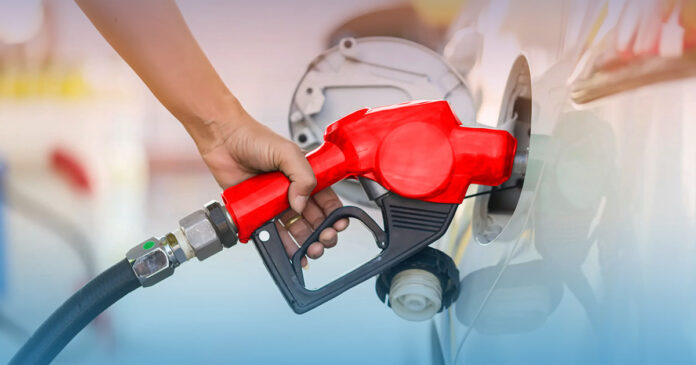Consumers in Pakistan may soon get good news as petrol prices are expected to drop. The government, led by Prime Minister Shehbaz Sharif, is expected to cut petrol prices by up to Rs12 per litre starting April 16. Currently, petrol is priced at Rs254.63 per litre, and high-speed diesel (HSD) is at Rs258.64 per litre. If the cut is approved, petrol will drop to around Rs 242- 243 per litre, and diesel will be priced at Rs248- 250 per litre.
This possible reduction comes after a notable decline in international crude oil prices. Brent crude has gone down from $74.95 per barrel earlier this month to $60.12 per barrel now — a drop of over $14. Analysts say the reason behind this fall is a mix of reduced demand globally, economic slowdowns in major markets, and an overall negative sentiment in the commodities sector.
According to officials, the new fuel prices will be announced after final approval from the Ministry of Finance and the Prime Minister’s Office and will come into effect from midnight on April 16.
Read more: Petrol Prices in Pakistan May Drop by Rs15 Per Litre
A Constant High
In recent months, fuel prices in Pakistan have remained high due to changing global oil markets and the depreciation of the Pakistani rupee. This expected reduction is seen as a relief for the public already dealing with inflation. The transport and goods sectors are also expected to benefit.
A senior official from the Oil and Gas Regulatory Authority (Ogra), who did not want to be named, said that the recommendations for the new prices are being finalised and will be submitted to the Ministry of Finance soon. The official said, “This is a positive development for the general public. The downward trend in international prices has created space for a reduction, and we are likely to pass on the benefit to consumers.”
In Pakistan, fuel prices are reviewed every 15 days. Ogra considers changes in international oil rates, currency exchange rates, and import parity pricing. The final decision on price changes is made by the federal government, which also considers revenue needs and IMF targets regarding petroleum levies.
Stay tuned to Brandsynario for the latest news and updates.










































